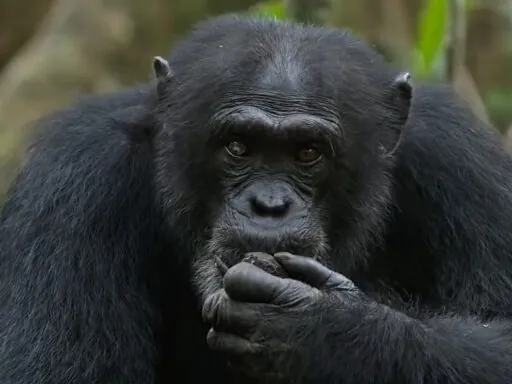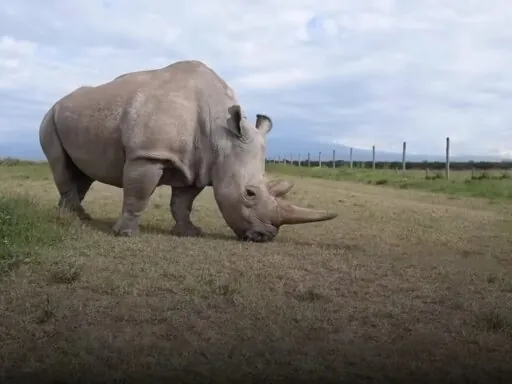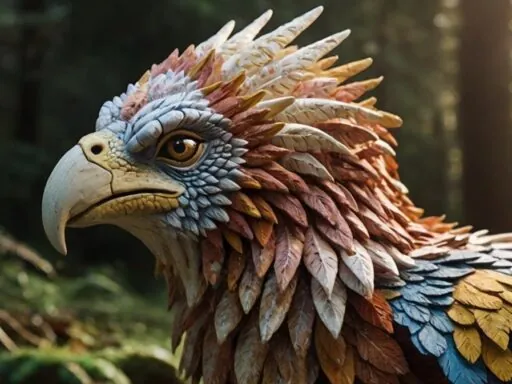Forget creepy crawlies – we’re going full-on venom VIP list! Nature’s got some seriously surprising creatures with enough punch in their sting or bite to make you wince. Think a jellyfish deadlier than a horror movie, or a spider that could turn your banana into a bad day. Ready to meet the top 10 most venomous animals in the world? This list is guaranteed to make your skin crawl (in a good way, hopefully!), so buckle up and let’s get toxic!
1. Box Jellyfish
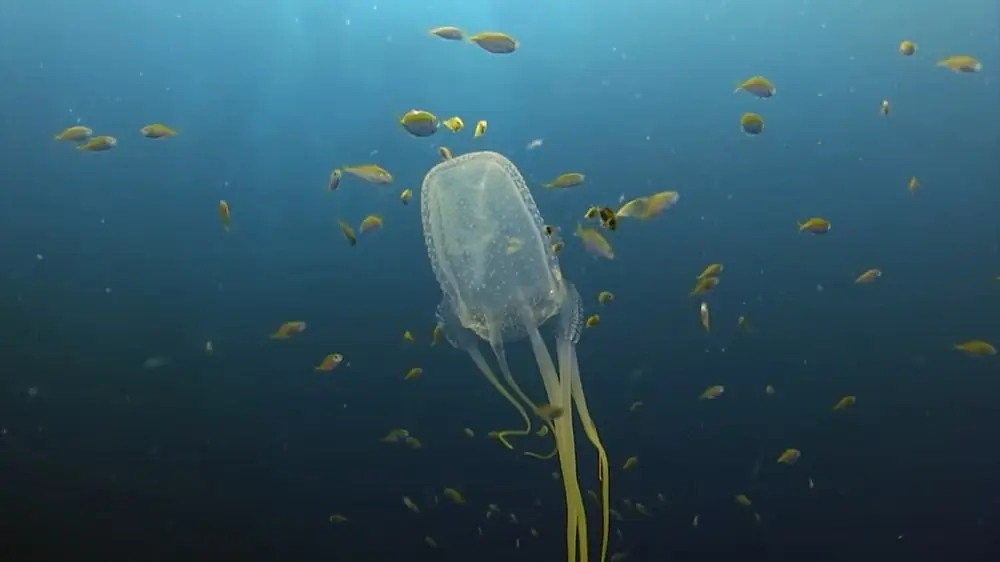
Despite lacking a brain and relying on a decentralized nervous system, the Box Jellyfish (Chironex fleckeri) holds the dubious honor of being the most venomous marine animal on Earth. These translucent, box-shaped creatures pack a powerful neurotoxic punch in their tentacles. A single sting can deliver enough venom to kill an adult human within minutes, causing paralysis, cardiac arrest, and respiratory failure.
Surprisingly, box jellyfish, one of the most scary animals, aren’t actively hunting humans – their venom serves to subdue small fish and plankton. However, their near-invisibility in the water and their tendency to drift with the currents make accidental encounters dangerous. Interestingly, some studies suggest box jellyfish – the most venomous animal in the world – may possess a rudimentary vision system despite lacking a true brain, allowing them to detect light and potentially navigate to some degree.
2. Inland Taipan
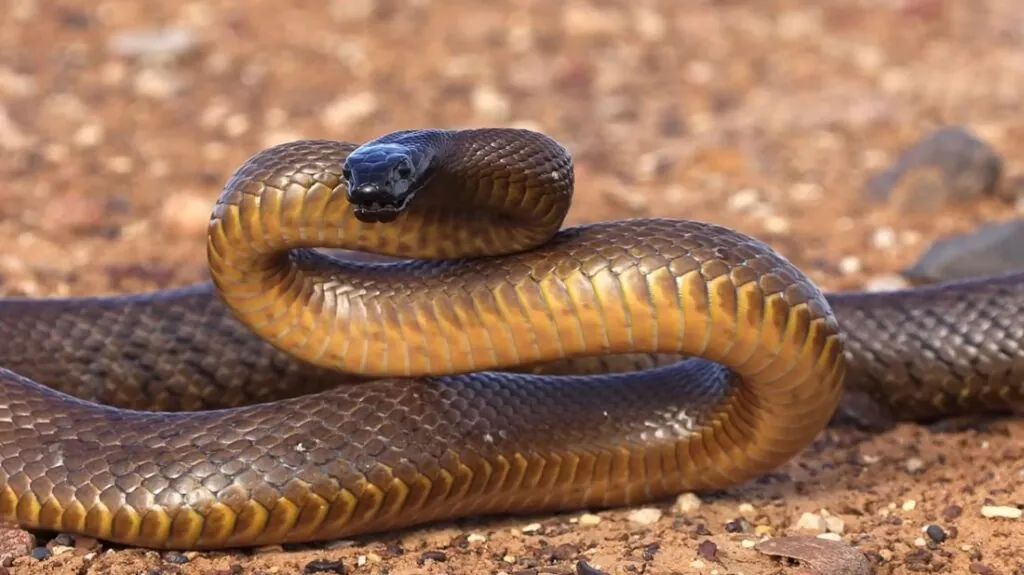
The Inland Taipan (Oxyuranus microlepidotus), a resident of Australia’s arid regions, holds the title of the world’s most venomous land snake. Its venom is a complex cocktail of neurotoxins and coagulants, with a single bite packing enough punch to kill over 100 adult men. Surprisingly, Inland Taipans, one of the most dangerous snakes in the world, are shy and reclusive creatures, and their venom is primarily used for subduing prey, not as a defense mechanism.
In fact, there have been no recorded human fatalities from Inland Taipan bites due to their remote habitat and their tendency to avoid contact. However, their potent venom highlights the remarkable evolutionary adaptations present in the animal kingdom, where a seemingly unassuming creature can possess a lethal arsenal.
3. Sea Krait
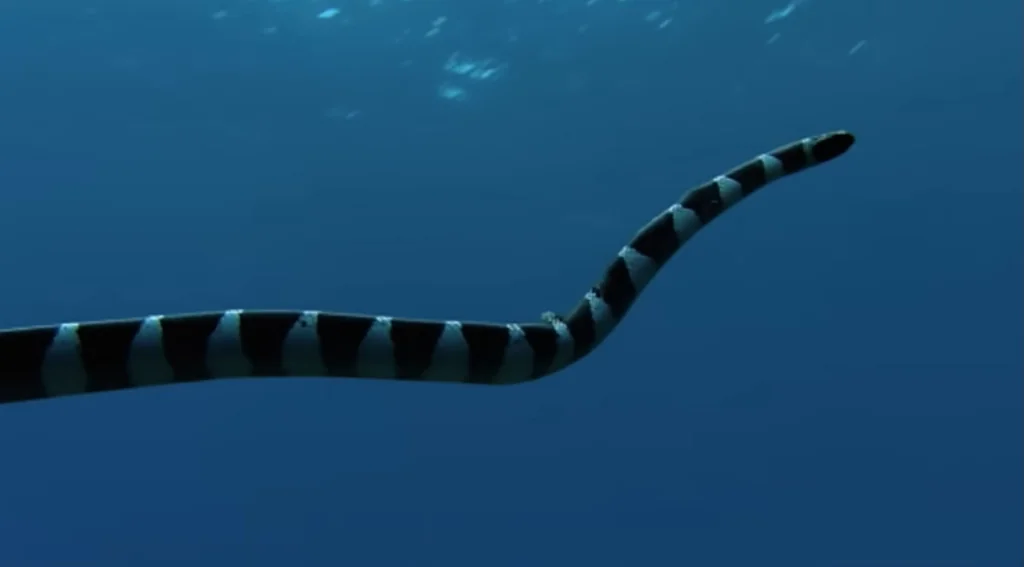
Sea kraits (Laticauda spp.) blur the lines between terrestrial and aquatic, making them a unique entry on the most venomous animals list. These snakes, found in Southeast Asia and the Indo-Pacific, spend much of their time at sea but return to land to bask, digest prey, and lay eggs. Their venom is primarily neurotoxic, affecting the nervous system and causing paralysis and respiratory failure.
While their bites are potentially fatal to humans, they are less aggressive than their land-dwelling cousins. Interestingly, sea kraits have evolved flattened tails and paddle-like scales for efficient swimming, allowing them to hunt eels and fish underwater. This adaptation, along with their potent venom, makes them successful marine predators despite their reliance on land for certain behaviors.
4. Stonefish
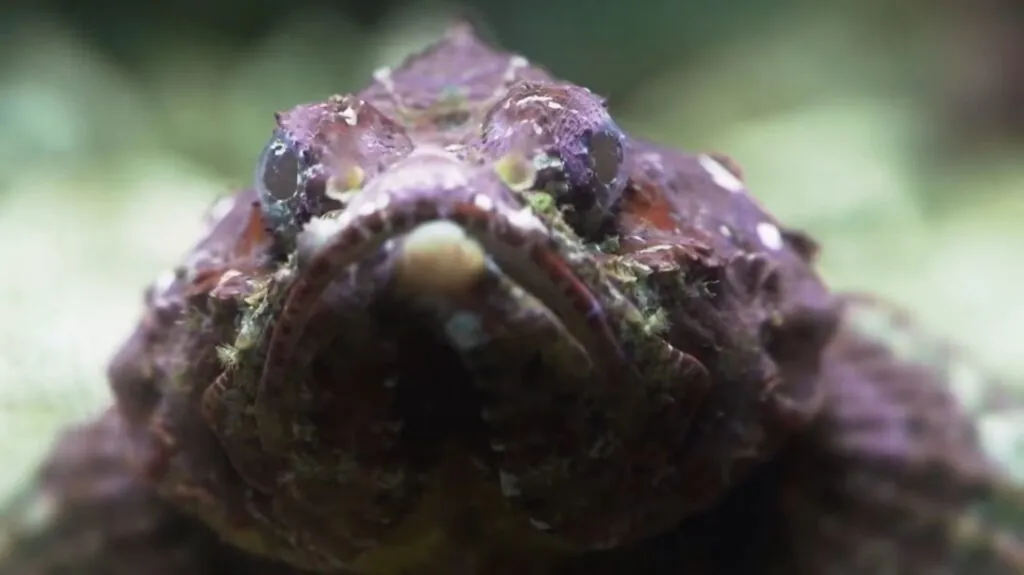
The Stonefish (Synanceia spp.) is a master of disguise and a venomous surprise lurking on the ocean floor. These sedentary fish closely resemble rocks or coral reefs, blending in seamlessly with their surroundings. However, beneath their unassuming exterior lies a deadly secret: thirteen dorsal fin spines laced with a potent neurotoxin.
A single, unsuspecting step on a Stonefish can deliver an excruciating sting, with venom powerful enough to kill an adult human within minutes if left untreated. Despite their lethality, Stonefish are not aggressive creatures. Their venom serves primarily as a defense mechanism, acting as a last resort when they feel threatened. Surprisingly, Stonefish can actually survive out of water for up to 24 hours, posing a danger even on the beach after storms or high tides.
5. Blue-Vented Lionfish
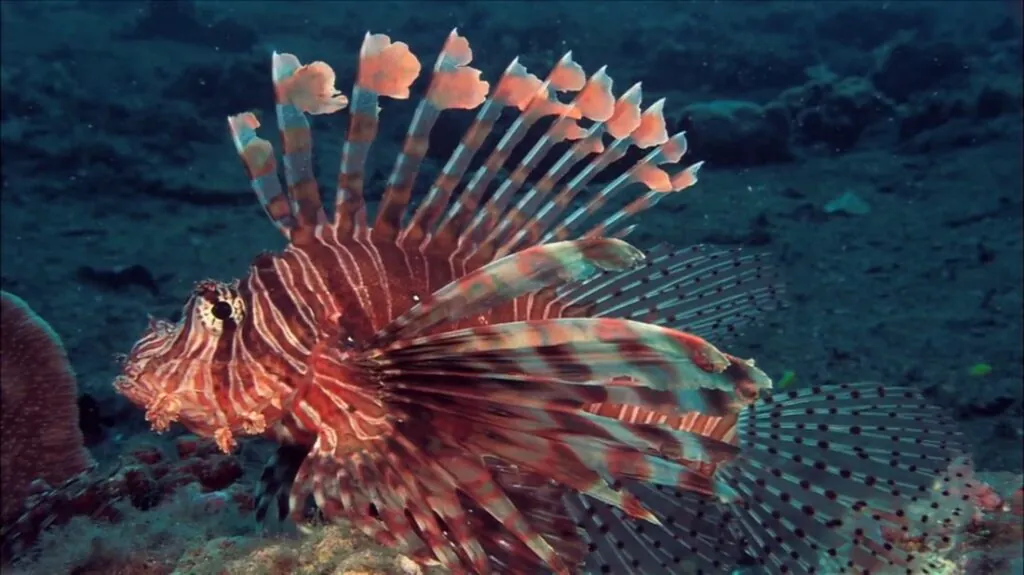
The beautiful yet invasive Blue-Vented Lionfish (Pterois miles) packs a surprising punch despite its flamboyant appearance. These ornately patterned fish boast venomous spines along their fins. While a sting wouldn’t be fatal to a healthy adult human, the intense pain, swelling, and even muscle paralysis it can cause are no picnic.
Interestingly, lionfish venom isn’t necessarily meant for killing prey – it serves as a defense mechanism to deter larger predators. The surprise factor seems to work well, as lionfish have spread rapidly in non-native territories due to a lack of natural predators familiar with their venomous surprise. This has caused ecological problems, as lionfish are voracious eaters and can disrupt the delicate balance of coral reef ecosystems.
6. Cone Snail
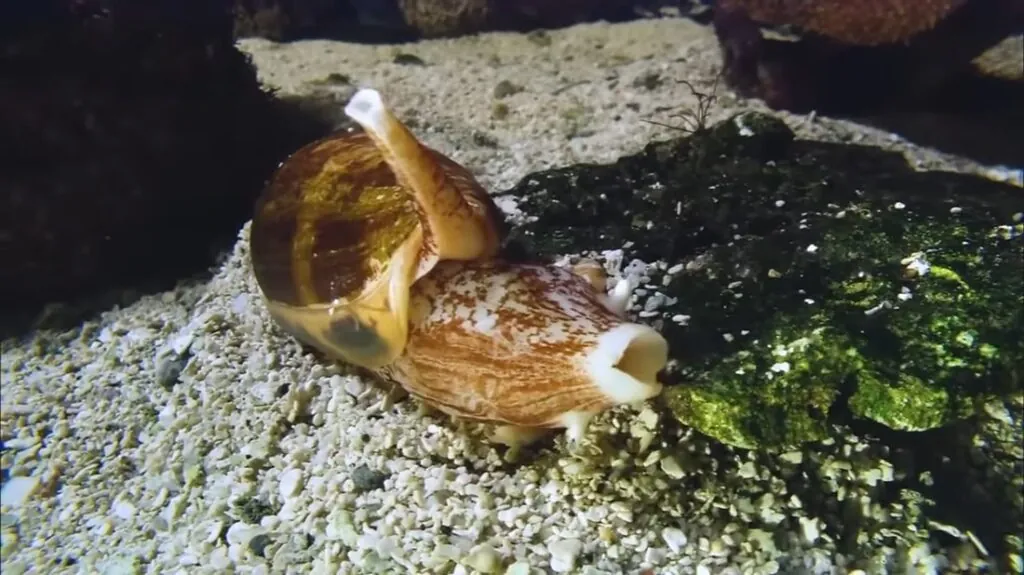
Don’t be fooled by the colorful shell of the Cone Snail (Conus spp.) – this marine mollusk is a predator with a deadly arsenal. Cone snails, one of the most venomous animals in the world, come in a variety of shapes and sizes, but they all share a remarkable hunting strategy. They fire a harpoon-like barb tipped with a complex venom cocktail. This venom can paralyze prey in seconds, including fish, worms, and even other cone snails.
The surprising fact? There are over 700 species of cone snail, and each has a unique venom blend tailored to their specific prey. Some even have enough venom to be dangerous to humans, causing symptoms like numbness, difficulty breathing, and even paralysis. Despite their potent venom, cone snails are slow-moving creatures, relying on their surprise attack to subdue their prey.
7. Deathstalker Scorpion
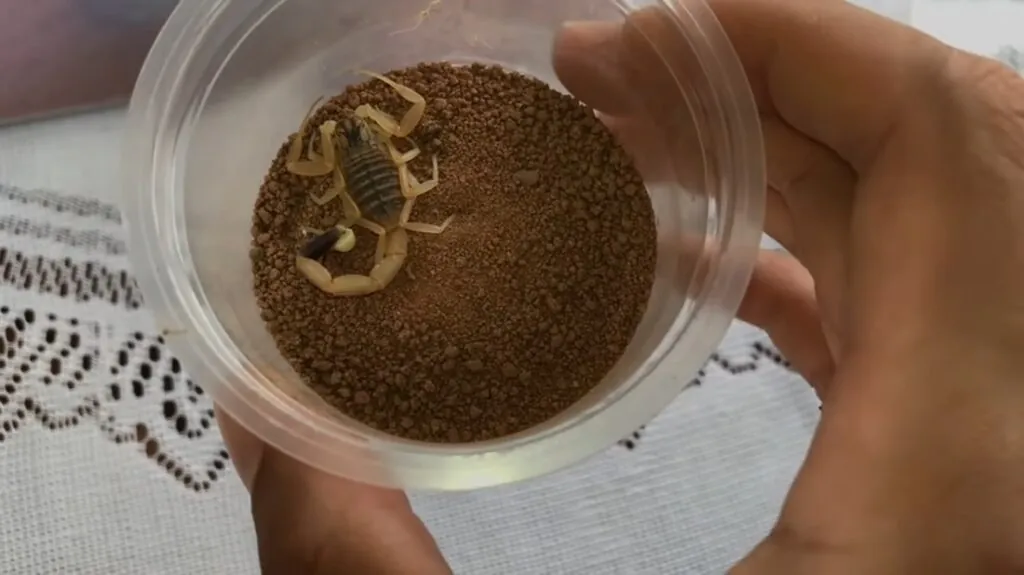
The Deathstalker Scorpion (Leiurus quinquestriatus) lives up to its name with venom so potent it can be deadly to humans, particularly young children or the elderly. This scorpion, found in North Africa and the Middle East, packs a neurotoxic punch that disrupts the nervous system, causing muscle spasms, respiratory failure, and even coma. Surprisingly, Deathstalker scorpions aren’t aggressive creatures and prefer to hide under rocks or debris. However, their powerful sting is a last resort defense mechanism used when they feel threatened.
An interesting fact – Deathstalker scorpions are known for their exceptional tolerance to heat and can survive for long periods without water, making them well-adapted to their harsh desert environment. While their venom is a cause for caution, these scorpions play a vital role in their ecosystem, preying on insects and helping to control their populations.
8. Sydney Funnel-web Spider
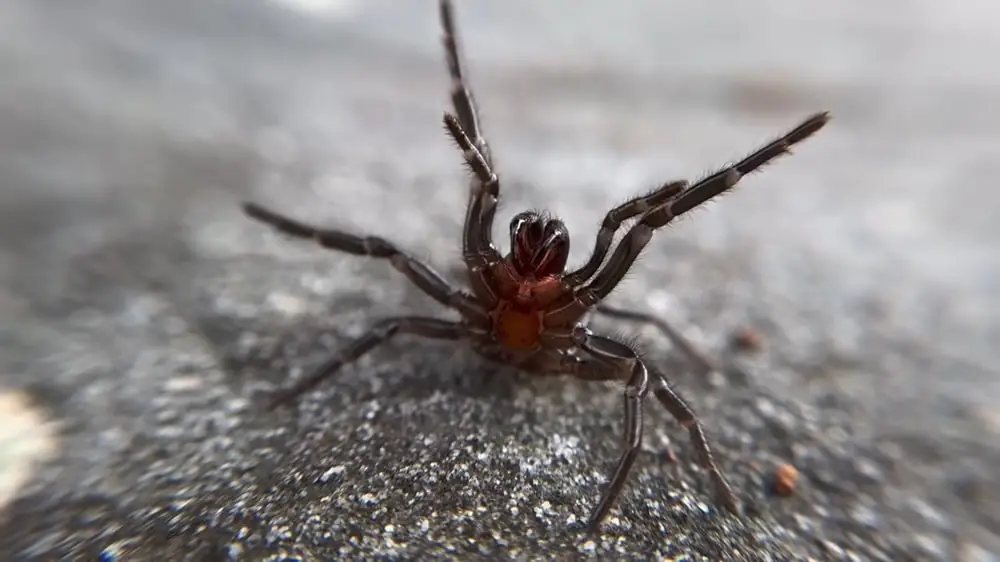
The Sydney Funnel-web Spider (Atrax robustus), one of the top 10 venomous animals in the world, holds a fearsome reputation in Australia, and for good reason. This aggressive spider boasts highly toxic venom that can cause muscle spasms, vomiting, and even coma if left untreated. However, despite their potent venom, these spiders are surprisingly reluctant to bite humans. In fact, most bites occur when males wander into backyards or fall into swimming pools, mistaking them for potential mates or prey.
An interesting fact – male Sydney funnel-webs are the ones typically encountered near humans, as females tend to stay in their burrows for most of their lives. While their venom is a serious threat, the development of an antivenom in 1981 has significantly reduced fatalities from Sydney funnel-web bites.
9. Brazilian Wandering Spider
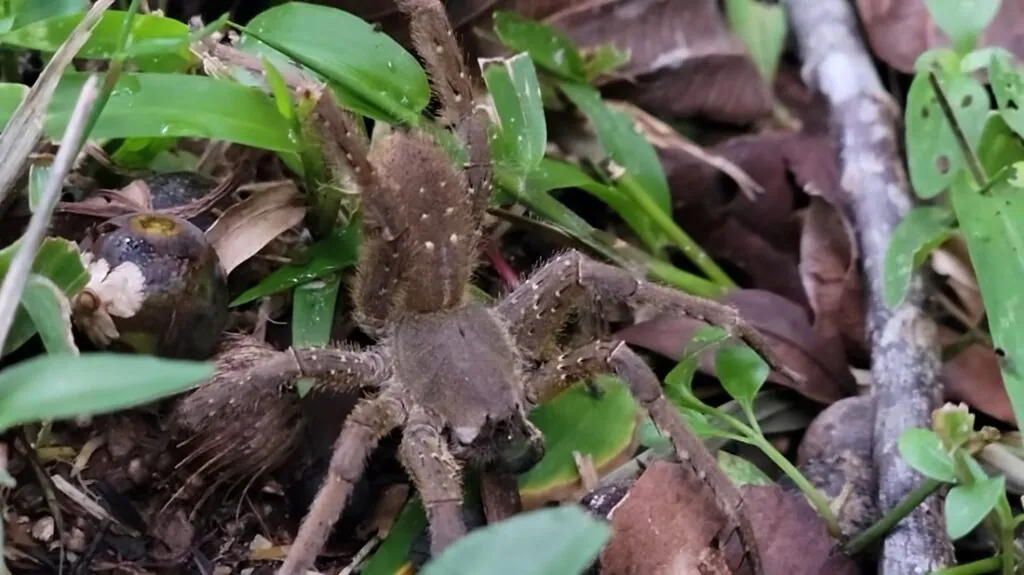
Nicknamed the “banana spider” for its tendency to hide amongst fruit shipments, the Brazilian Wandering Spider (Phoneutria spp.) is a fearsome inhabitant of the South American rainforests. This spider’s venom is a complex neurotoxin that disrupts communication between nerves and muscles. In severe cases, it can cause respiratory failure and even death.
Surprisingly, Brazilian Wandering Spiders, one of the deadliest animals in the world, aren’t web-dwellers – they’re aptly named for their nocturnal hunting behavior, actively stalking prey on the forest floor. An interesting fact – unlike most spiders, male Brazilian Wandering Spiders can perform a headstand and emit a hissing sound when threatened. While their venom is a cause for concern, these spiders rarely bite humans unless they feel cornered.
10. Black Mamba
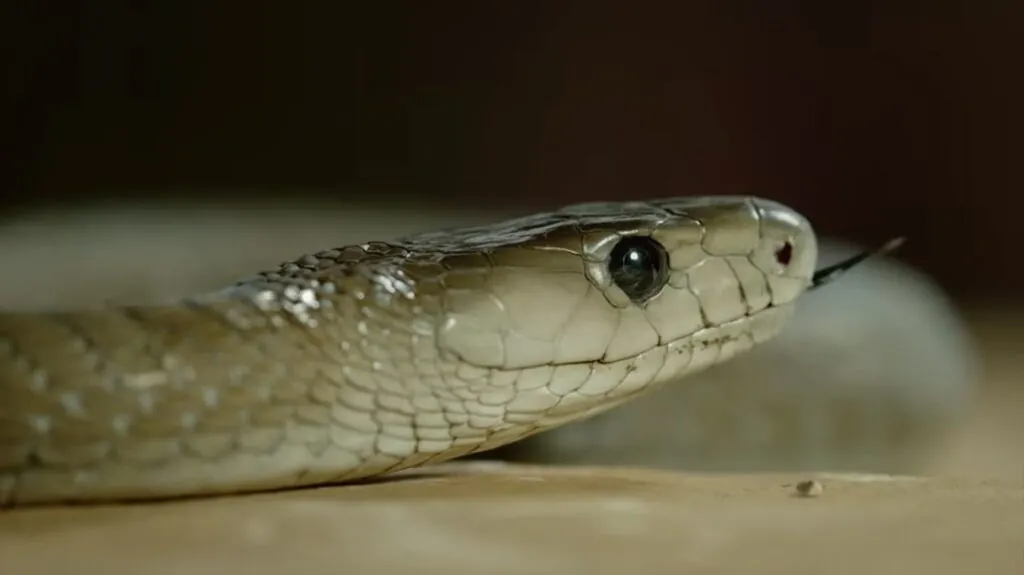
Feared for its speed and aggressive nature, the Black Mamba (Dendroaspis polylepis) is a highly venomous snake native to Africa. Its venom is a neurotoxin that disrupts nerve signals, leading to paralysis, respiratory failure, and potentially death within minutes if left untreated. Despite its fearsome reputation, the Black Mamba is not inherently aggressive towards humans. In fact, they often prefer to flee when threatened. However, their lightning-fast strikes (reaching speeds of up to 12 mph!) and unpredictable behavior make them a serious threat.
Interestingly, the Black Mamba isn’t actually black – its name comes from the inky black lining of its mouth, only visible when threatened. This flash of black may serve as a warning to potential predators, showcasing the danger this mamba possesses.
While this list highlights top 10 most venomous animals in the world, it’s important to remember venom potency can vary depending on factors like the amount delivered and the individual’s susceptibility. Furthermore, some of these animals are quite reclusive or have venom primarily used for subduing prey, not attacking humans. The true danger lies in accidental encounters or situations where the animal feels threatened.
